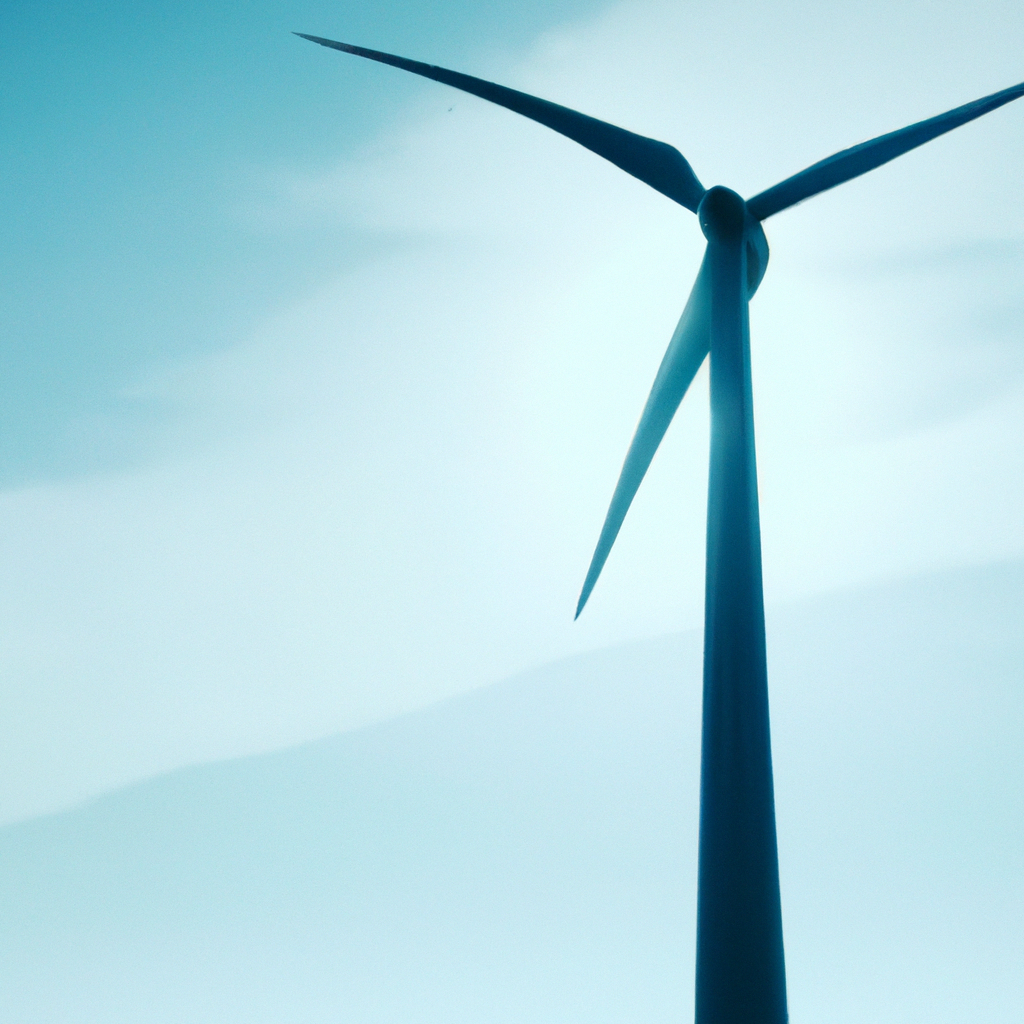Wind turbines have become a popular source of renewable energy in recent years. They convert the kinetic energy of wind into electricity that can power homes, businesses, and even entire cities. But how exactly do they generate electricity? In this article, we will discuss the process of electricity generation in wind turbines.
Wind Turbine Basics
Wind turbines consist of three main parts – the tower, the blades, and the nacelle. The tower is the structure that supports the entire turbine, while the blades are the rotating components that capture the wind. The nacelle is the housing that contains the generator, gearbox, and other components required for electricity generation.
The blades are aerodynamically designed to maximize the amount of wind they can capture. They are typically made of lightweight materials such as fiberglass or carbon fiber, and can range in length from 30 to 80 meters. The nacelle is located at the top of the tower and houses the generator, which converts the rotational energy of the blades into electrical energy.
Electricity Generation Process
The process of generating electricity in wind turbines can be broken down into the following steps:
Step 1: Wind energy is converted into mechanical energy
When the wind blows, it causes the blades of the turbine to rotate. As the blades rotate, they turn a shaft connected to the nacelle. This rotational energy is known as mechanical energy.
Step 2: Mechanical energy is converted into electrical energy
The mechanical energy is then transmitted to the generator located in the nacelle. The generator consists of a rotor and a stator. The rotor is connected to the shaft that rotates with the blades, while the stator is fixed in place. As the rotor spins, it generates a magnetic field that passes through the stator, creating an electrical current. This current is then sent to a transformer, which increases the voltage to a level suitable for distribution on the power grid.
Step 3: Electricity is sent to the power grid
The electricity generated by the wind turbine is sent to a substation, where it is combined with electricity from other sources and sent out to the power grid. From there, it is distributed to homes, businesses, and other consumers.
Advantages of Wind Power
Wind power has several advantages over other forms of energy generation:
1. Renewable: Wind energy is a renewable source of energy, meaning it will never run out.
2. Clean: Wind power is a clean source of energy, producing no greenhouse gas emissions or air pollution.
3. Cost-effective: Wind power has become increasingly cost-effective over the years, making it competitive with other forms of energy generation.
4. Job creation: Wind power has the potential to create jobs in manufacturing, installation, and maintenance of wind turbines.
Conclusion
In conclusion, wind turbines generate electricity by converting the kinetic energy of wind into mechanical energy, which is then converted into electrical energy by a generator located in the nacelle. Wind power is a clean, renewable, and cost-effective source of energy that has the potential to create jobs and reduce greenhouse gas emissions. As we continue to transition to cleaner forms of energy generation, wind power will undoubtedly play an increasingly important role in meeting our energy needs.







